How to fertilize onions correctly?
Fertilizers for onions are applied at a certain time. To get a good harvest, you need to know when and what to use. Natural ingredients, inorganic mixtures are suitable for feeding. Complex fertilizers have a good effect on the growth and development of this crop.
The soil for planting onions should be rich in nutrients. This vegetable loves loose, weed-free, non-acidic soil and good light. Various types of dressings allow onions to fully develop, resist various diseases.
Like any other plant, onions need nitrogen, phosphoric, potash fertilizer... Top dressing is carried out 2-3 times per season. For these purposes, both components of organic and mineral origin are suitable. It is better to start preparing the soil for future planting of a vegetable crop in the fall.
For the beds, soils are chosen on which pumpkin, nightshade, legumes and cabbage crops grew that year. The land for planting onions is enriched with organic matter or mineral fertilizers. It is good to add manure or compost to the soil in the fall. You can mix these organic additives with peat. It will be useful to add some ash to the ground. If the soil is acidic, neutralize it with lime. Since a neutral medium is better suited for onions. You can take mineral potassium-phosphorus mixtures for autumn feeding. About 30 grams of such fertilizer is enough for every square meter of land.
In the spring, the soil is dug up, treated to remove weeds, and loosened. It is better to make the beds high. If fertilizers were not applied in the fall, then it would be good to add organic matter and superphosphate... From natural components, rotted manure, bird droppings or compost are suitable. You can replace them with ammonium nitrate or urea.
Organic and inorganic fertilizers
Fertilizers of natural and synthetic origin, as well as combinations thereof, are suitable. Organic ones supply the soil with nutrients, improve its structure. As a result, water and air exchange processes proceed more deeply. Natural fertilizers, they contribute to the better assimilation of inorganic types of dressings.
Fertilizers rich in nitrogen include manure, bird droppings, urea, ammonium nitrate and others. The component included in them affects the growth of onions, their full development. When feeding, the feather begins to develop intensively. Lack of nitrogen will inhibit the growth of vegetable crops. As a result, the plant will be weaker, and the yield is low.
Superphosphate will enrich the soil with phosphorus. And also other useful elements: potassium, calcium, magnesium and other substances necessary for the full development of the bulb. Thanks to this comprehensive fertilizing vegetables becomes more resistant to disease. The components of the mixture activate metabolism, stimulate its growth, and increase productivity. Superphosphate can be produced in various forms.
Potassium is essential for metabolic processes. It provides the plant with resistance to drought and temperature extremes. This element is contained in ash, as well as in such mineral fertilizers as calcium chloride, potassium salt, potassium sulfate... Onions that get enough potassium keep better.
It is better to feed the vegetable in the evening. Mineral fertilizer for onions can be applied dry. It is scattered evenly over the garden bed, and then watered. It is good to feed this way after rain. But it is best to prepare an aqueous solution. It is poured under the root of the plant, trying not to touch the feather. On the next day, it is advisable to water the beds with plain water.
Top dressing of onions at various stages of development
Onions are fertilized at different stages of the growth of the set. From the moment the greenery appears until the turnip is fully formed, the vegetable requires a variety of nutrients. Organic, mineral or mixed dressings are applied under the vegetable crop. Fertilizers should contain those components that are most needed by the plant at a certain point in development.
The earth is enriched with nutrients according to the following scheme:
- The first feeding of onions is carried out approximately 2 weeks after planting. At this time, the sprouts need nitrogen for rapid development. With a lack of it, the feather will grow slowly, which can affect the yield.
- The second feeding is necessary 3-4 weeks after the first. Onions still require nitrogen-containing additives, but in smaller quantities. At this time, the vegetable needs phosphorus and potassium.
- You can also feed the onion a third time at the initial stage of head formation. For this, potassium-phosphorus mixtures with a high content of the main components are suitable.
During the first and second feeding with nitrogen-containing fertilizers it is important not to overdo it. Otherwise, the bulb will use up its reserves for the formation of greenery, and the development of the head will be less active. The last feeding of onions is optional. It is required for soils with a low nutrient content.
Fertilize a vegetableny culture can also be done with special complex mixtures based on organic matter. Such fertilizers are very useful for onions, they have a balanced composition necessary for full development and growth. There are special-purpose mixtures, for example, Agricola-2 for onions and garlic. You can use fertilizers suitable for different types of vegetables: Giant, Effekton-O, Agricola Vegeta and others.
What is the best way to fertilize onions on a feather?
Many gardeners grow onions for greens. She's very helpful. It contains vitamins, trace elements, and other active substances. Onion feathers are mainly used fresh, as they are not stored for a long time. In spring and early summer, the greens of this vegetable will become an excellent source of vitamin C. The amount of nutrients in feathers exceeds their content in the bulb itself.
When growing onions on a turnip, it is better not to pluck green shoots. Then the bulb will develop better. therefore onions are planted on a feather separately. In this case, we are interested in the yield of the green part of the plant, so the soil must be enriched with nitrogen. The lack of nutrients affects the appearance of greens. If nitrogen is low, feathers grow slowly, are pale in color, and then begin to turn yellow.
The first top dressing grown for greenery is necessary at the stage of appearance of the first leaves. For feeding, you can use urea or ammonium nitrate, since they are rich in nitrogen. It takes about 30 grams per square meter of soil. After 7 days, add phosphorus and potassium components. You can take 30 grams of superphosphate, 10 grams of potassium chloride per 10 liters of plain water. An infusion of wood ash is suitable for fertilizing the soil. Some gardeners feed onions on a feather once about 14 days after planting. At the same time, nitrogen, potash and phosphorus fertilizers are applied.
Onions are an unpretentious garden crop. However, it is very sensitive to fertilization. The recoil is immediately noticeable. With a sufficient level of nutrients, the vegetable develops more intensively. The onion becomes larger and juicier. The feather is powerful and bright green. The crop ripens faster and is better stored.
Excess fertilizers can accumulate in the plant. This is bad for the storage capacity of the vegetable. In addition, accumulated nitrates are harmful. Therefore, do not overdo it with feeding. It is enough to deposit 2-3 times per season. Organic fertilizers are undoubtedly good, but they cannot always provide the plant with all the necessary trace elements. The combination of natural ingredients with inorganic nutrients for feeding allows you to get the richest harvest.
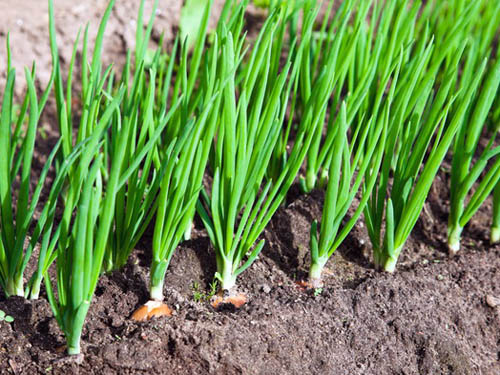
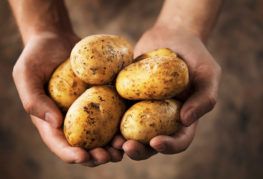
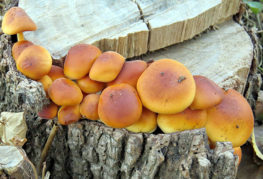
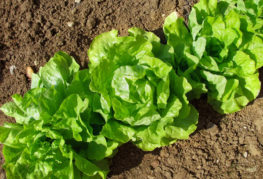
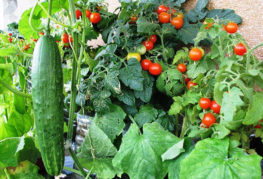
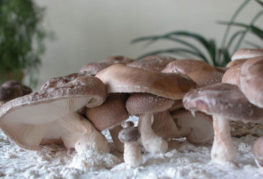
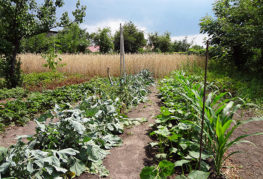
Who fertilizes onions with what? I use organic and only organic fertilizers! Mineral, for example, agriculture, vegeta, potassium permanganate. I fertilize on the feather for the most part, so the feather and turnip are better and tastier. The main thing is not to overdo it with fertilizers, whatever they are. We absorb so much chemistry, and then there will be onions from all kinds of agriculture, but in such an onion there is more harm than good!
And instead of ash I bring in ground chalk. The onion grows excellent.
Got a lot of useful information from the article. I have a small plot of land near my house on which I plant a little of everything, including onions. I cannot say that the harvests make me very happy. I will try to follow the recommendations from the article and plant everything correctly. There was a question about storing the onions for planting. I usually buy a small onion for planting in the spring at the bazaar. How to grow it yourself and how to keep it until spring?
Such a bow will not lie until spring
It is better to plant before winter, until spring no onions lie.
Why keep the seedling all winter? It can be planted before winter, and in early spring the beds are green with fun! such a bow is strong, cold-hardened, grows well. Search the internet for information!
I am a beginner gardener. I read everything about growing those crops that I have in my garden. And I couldn't miss this article about onions. Everything in it is useful to me, I have neither knowledge nor skill yet. But especially valuable information on how to grow onions on a feather and that the beds need to be made high for onions. I think that in winter I will grow it on the window. And now I know how, what, when to feed him.
Is it possible to feed onions with fertilizers such as "Universal Zdrava"?